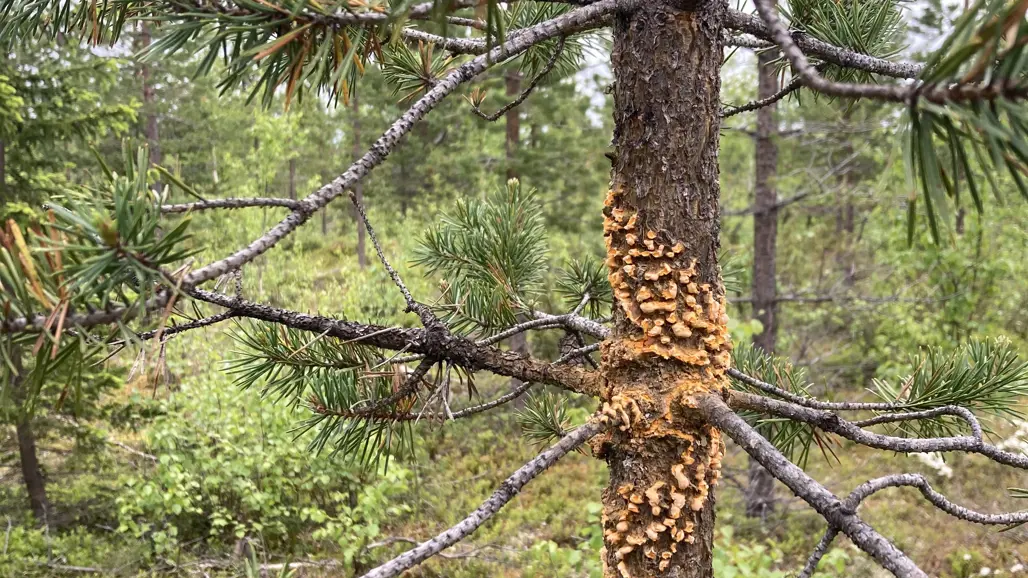
Molecular markers to identify harmful rust fungus
Researchers have developed new methods that will make it easier, faster, and more accurate to determine which form of Scots pine blister rust has affected a tree. This is important for choosing the right management method, reducing the spread of damage and for resistance breeding.
Scots pine blister rust is caused by a rust fungus that attacks pine trees throughout the country. There are two forms of the fungal pathogen. One form that spreads via an alternate host and one that spreads directly from pine to pine. Both forms can cause major problems in Swedish pine forests, so it is important to understand their distribution, structure and how they relate to each other in order to choose the right management practices and reduce the risk of damage. However, distinguishing these forms is difficult as their symptom on pine, spore appearance (morphology), and genome are similar, and methods based on these cannot distinguish them. Methods based on inoculation tests require a large space and are very time-consuming and can take several weeks or up to 2 years to produce a result.
A severe disease
Infection starts in the needles and then continues to grow towards the trunk. Infected trees can develop swellings on the branch and trunk with spore-bearing canker sores. There are some differences in how the different forms spread. The spores of the different forms (host-alternating form and non-host-alternating form) that can infect pine develop at different times of the year and are differently sensitive to harsh environments.
In northern Sweden, the disease has a major impact on young pine stands, in a survey from 2021 and 2022 it where found that 87% of the stands in Norrbotten were infected by Scots pine blister rust. In Västerbotten and Jämtland, 60% and 43% of the stands were found infected the same survey. Diseased trees have reduced growth and higher resin flow, which reduces the value of the timber.
New markers to study the form and the diversity
Ke Zhang and her research team have been working on a project looking at how the different forms relate to each other and how they differ. They have developed a new set of 12 special DNA markers called Simple Sequence Repeats (SSR) markers. Think of these markers as tiny repeating patterns in the DNA. When cells replicate their DNA, the number of repeats can occasionally change. This creates small differences in the DNA between individuals - like a genetic ‘fingerprint’. These makers can help distinguish one form from the other, they can also be used to examine the genotype (genetic pattern) and the genetic distance among spore samples. The researchers found that the forms differed in two ways - the host-alternating form is more diverse—most samples showed unique genetic patterns, and the population is mating randomly, while the non-host-alternating form is less diverse — many samples share the same genetic pattern and is probably self-fertilising.
Faster and easier method to distinguish the forms
Information from the SSR markers is useful, but the process is rather complicated, and it will take about a week to identify the forms. Recently a new set of three markers were developed, that are based on the genes that control the sexual reproduction of this pathogen. The method will calculate the copy number of each marker in the genome of the sample in the digital-PCR system. The form of the sample can be identified after only two hours of running time. The new method has been regularly applied in our group to identify samples collected in 2024 and significantly increased our identification capacity.
- Currently there is no silver bullets to control this disease. Identifying the form is important for us to know the disease better and for forest owners to properly manage outbreaks. In the future, it may also be important for regeneration efforts. If we can recognise the different resistance mechanisms against the two forms in pine, we may choose the right plant based on local dominant form and environmental conditions, we have a better chance of reducing the risk of damage, says Ke Zhang, researcher at SLU Forest Damage Centre and continuous:
- We could not see a clear geographical boundary for the distribution of the two forms. Generally, the host-alternating form is more common in northern Norrland, while non-host-alternating form is more common in southern Norrland. But it’s not rare that both forms coexist in the same place.
With the new method, the identification of the different forms can go from taking years to just a few hours. But digital PCR platform may not be accessible to everyone. Researchers are continuing to develop other technique to achieve reliable identification with simpler appliances.
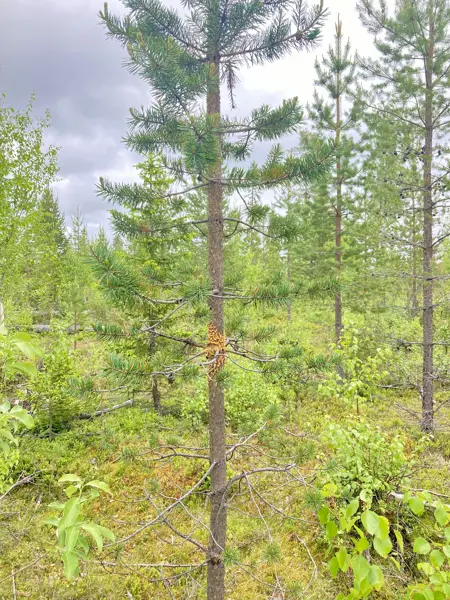
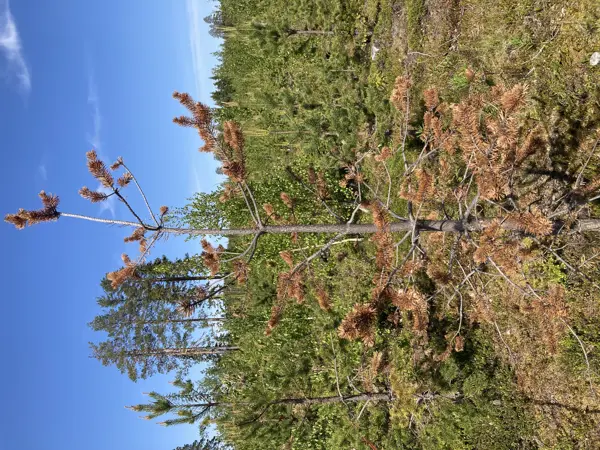
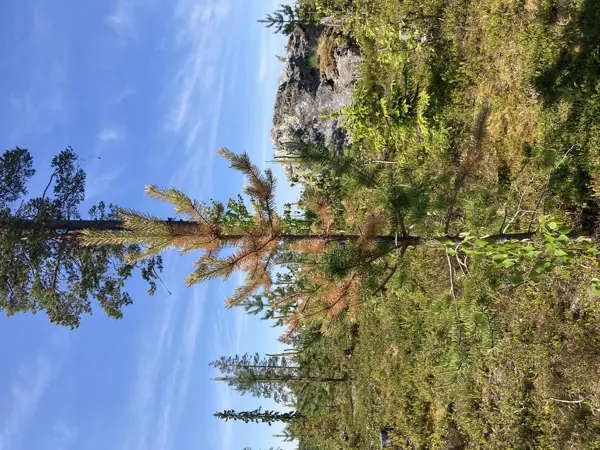
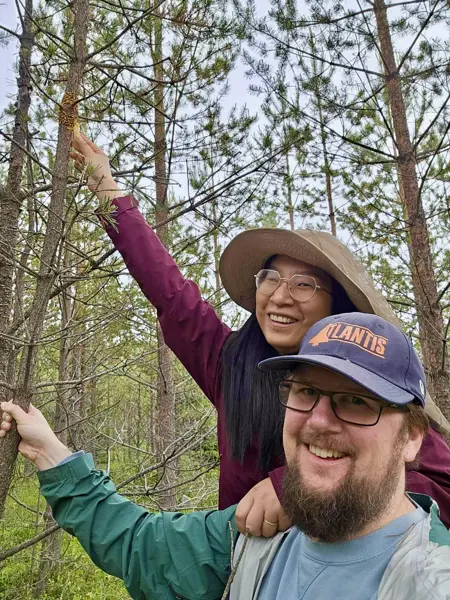
Contact
-
Person
-
PersonTheres Svensson, CommunicatorFaculty of Forest Sciences